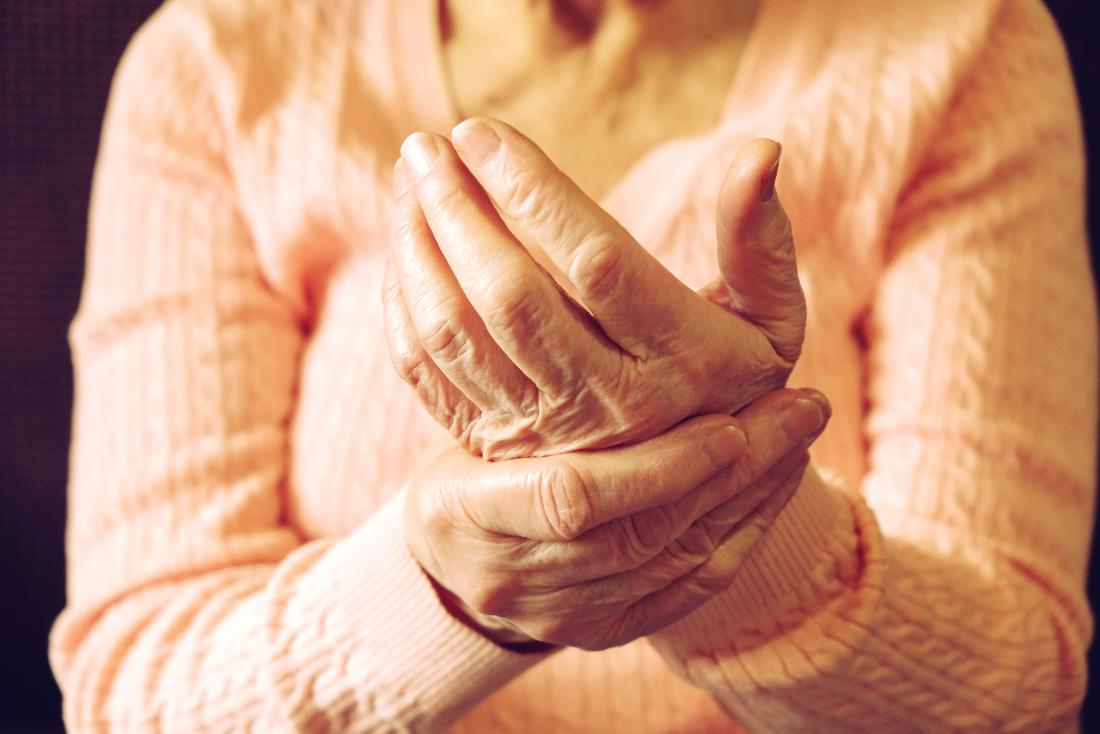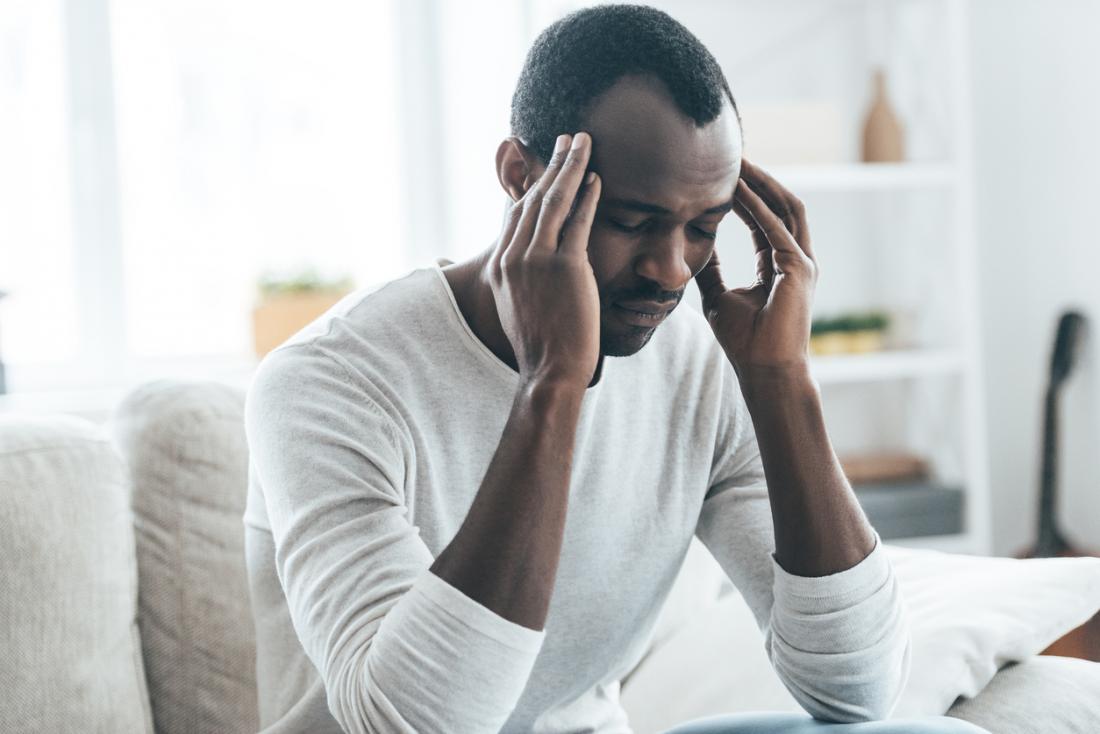Pain can have a profound, negative impact on people’s overall quality of life. One study revealed that people with HIV were more likely to experience pain than those without HIV. The researchers also found that HIV-related pain increased symptoms of depression and functional impairment.
In this article, we discuss the causes, types, and treatments for HIV-related pain, including some home remedies that may help.
Causes

Joint pain is common among people living with HIV.
There are different causes of HIV-related pain and the type, location, and severity of the pain can vary between different people. It is important to work with a doctor to determine the possible cause and devise a suitable treatment plan.
Some people living with HIV may experience short-term pain from secondary infections, injuries, or surgery. Short-term pain usually goes away once the body recovers.
Many people who are living with HIV experience chronic or long-term pain. In one study that followed 238 people living with HIV, 53 percent of participants reported having chronic pain within the last 6 months.
Chronic pain in people living with HIV can be the result of:
- the direct effects of HIV on the body
- nerve damage, also known as peripheral neuropathy
- cancer
- opportunistic infections
- HIV treatments
Types of HIV-related pain

A person living with HIV may experience intense headaches and a throbbing sensation in the head.
HIV-related pain manifests in a variety of ways. People living with HIV can experience pain as a result of the HIV itself or as a side effect of HIV treatment and other medications.
People with untreated HIV are at risk of developing secondary infections that can cause inflammation and painful symptoms.
Types of pain that people with HIV often have include:
- Headache. Pain can range from mild to severe and may present as intense pressure, tightness, or throbbing sensation. Low CD4 cell counts, infections, or other HIV-related illnesses can cause headaches.
- Joint, muscle, and bone pain. HIV can lead to arthritis and osteoporosis that can cause pain in the joints, muscles, and bones. This type of pain can also occur with aging.
- Abdominal pain. If left untreated, HIV can weaken the immune system, leaving the body vulnerable to opportunistic infections. These infections sometimes occur in the gastrointestinal tract, causing painful symptoms, such as inflammation. Some HIV treatments can also cause painful abdominal cramps.
Peripheral neuropathy
HIV can cause damage to the peripheral nerves, which can lead to a neurologic disorder known as peripheral neuropathy. In people living HIV, doctors sometimes also refer to this condition as HIV neuropathy.
Peripheral neuropathy is the most common neurologic complication in adults with HIV. According to one study, older age and smoking increase the risk of developing peripheral neuropathy.
Some symptoms of peripheral neuropathy include:
- numbness or pain in the hands and feet
- muscle weakness in the hands and feet
- numbness or tingling in the extremities
- increased sensitivity to pain
Treatment
There are many ways to manage HIV-related pain. Doctors can prescribe medications to reduce painful symptoms.
People living with HIV can also purchase over-the-counter (OTC) pain medicines, but they should speak with their doctor before starting any new medications. Non-drug therapies and home remedies may also provide relief for some people.
We discuss the different types of treatment options below:
Medications

Opioids are the strongest type of pain medication available.
Some HIV medications can increase a person’s pain sensitivity.
One of the first approaches doctors take when managing painful symptoms is either stopping or reducing the dosage of HIV treatments. If this approach does not work, the doctor may recommend prescription or over-the-counter pain relief medications.
Some of these options include:
Opioids: These are the strongest type of pain medication available and are only available on prescription. Opioids can cause side effects, such as drowsiness, nausea, and constipation. It is essential to follow the doctor’s instructions when taking opioids to prevent complications and overdose.
Non-opioid medications: A wide variety of non-opioid pain relievers are available both OTC and on prescriptions. Common examples include acetaminophen, aspirin, and ibuprofen. Topical pain relievers, such as gels, creams, or patches, are also available.
Non-drug therapies
Some people may also find pain relief from:
Home remedies
Some ways to manage HIV-related pain at home include:
- practicing relaxation techniques, such as meditation and mindful breathing exercises
- applying hot and cold compresses
- taking warm baths when necessary
- getting regular physical activity
- identifying and reducing the causes of stress
- limiting alcohol consumption
- quitting smoking
Takeaway
Pain is a common symptom of HIV and is different for everyone. Pain can result from the effects of the virus itself as well as complications of HIV and side effects of HIV treatment.
Pain is treatable, but it requires an individualized approach. A doctor can help a person determine the cause of the pain and will recommend a treatment plan. This may involve adjusting current HIV treatments or prescribing pain-relieving medications.
Home remedies and alternative therapies, such as acupuncture and massage, may also help manage pain.
